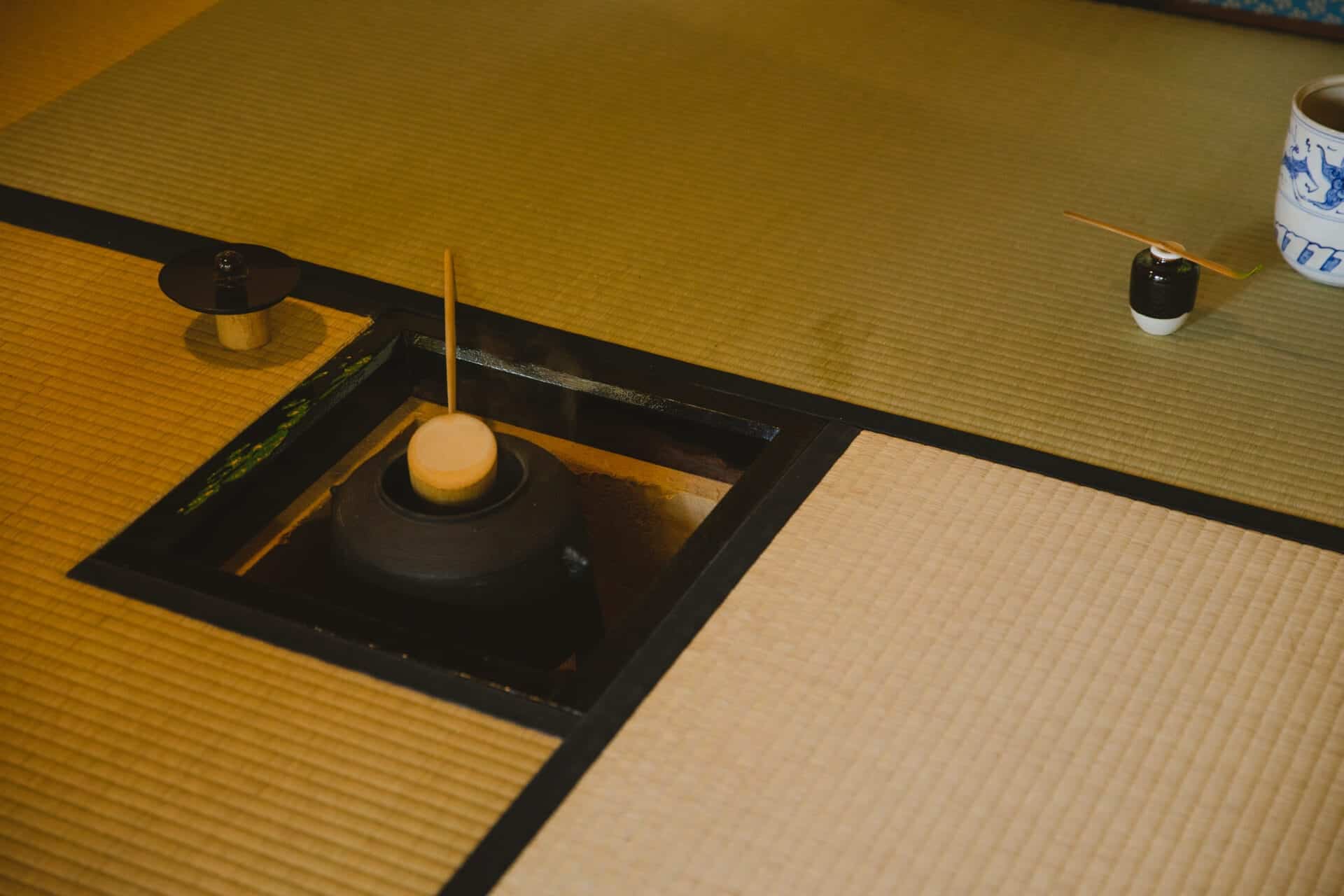Are you wondering why there is no hot water in your house? This can be a very frustrating experience, especially if you rely on hot water for your daily needs. In most cases, the issue can be resolved quickly and easily – but it is important to identify the exact cause of the problem. In this article, we will discuss some of the common causes of no hot water in the home and provide some solutions to help you get your hot water back up and running.Troubleshooting hot water problems in the home can be tricky. First, check your hot water heater to ensure it is receiving power. Make sure that the power supply is connected and that the breaker has not been tripped. If the issue persists, check the thermostat to make sure it is set to a temperature that will provide hot water. You may also need to replace any faulty components such as a thermostat or heating element. If you have an electric heater, make sure all wiring connections are secure and that the circuit breaker has not been tripped. Finally, inspect your pipes for any blockages or clogs and if necessary, clear them out with a plunger or snake. If the problem still persists after all of these steps, call a plumber for professional assistance.
Low Hot Water Pressure
Low hot water pressure can be caused by a variety of factors. These include blockages in pipes, worn out fixtures, and problems with the water heater. In some cases, it may be necessary to call a professional to diagnose and repair the issue, but there are a few things you can check on your own.
One common cause of low hot water pressure is a sediment buildup inside the hot water heater. Sediment can accumulate in the bottom of the tank over time, reducing the amount of hot water available and causing it to flow more slowly. To remedy this issue, you should periodically flush your hot water heater to remove any sediment that has collected.
Another potential cause is an obstruction in the pipes that carry hot water from the heater to your fixtures. This could be anything from mineral deposits or debris from corroded pipes to tree roots or other objects that have become lodged in the line. If you suspect there is an obstruction, you may need to call a plumber for assistance in locating and removing it.
Worn out fixtures can also contribute to low hot water pressure. Over time, faucets and showerheads can become worn down or clogged with mineral deposits, reducing their ability to provide adequate flow. Replacing these fixtures with newer models will help restore full pressure.
Finally, if none of these solutions resolve your low hot water pressure problem, it may be necessary to replace your existing water heater with a new one that is capable of providing higher levels of flow rate and temperature control. Depending on how old your current model is and what type of unit it is, this could potentially be a relatively simple fix or an expensive replacement job—a professional will be able to advise you on the best course of action for your specific situation.
No Hot Water Coming Out of the Tap
If you’re experiencing a lack of hot water coming out of your tap, it could be due to a variety of causes. If the water heater is the source of your hot water, it may be that it’s not providing enough hot water for your needs. It could also be that the heating element has malfunctioned or that there is an issue with the thermostat or some other component. Additionally, there may be a problem with the pipes, such as a blockage or an air gap in the system, which can prevent hot water from flowing freely.
To diagnose and fix this issue, start by checking the settings on your water heater to ensure they are correct. Make sure that the thermostat is set to its maximum setting and check for any signs of corrosion or damage to the heating elements. If everything looks normal, you can try running hot water for an extended period of time to see if more hot water begins to flow out of your tap.
If you have an air gap in your system due to a sudden drop in pressure or some other issue, then you may need professional help from a plumber to address this problem. In some cases, it may also be necessary to replace some components in order to restore proper functionality and ensure that hot water continues flowing freely from your taps.
Lack of Hot Water
There are a number of possible causes for a lack of hot water in your home. The most common culprits are a faulty water heater, a broken thermostat or heating element, or no power to the unit. Other causes could include low water pressure, mineral deposits in the tank, or a broken dip tube. If you’re experiencing a lack of hot water, it’s important to determine the cause so that you can take the appropriate steps to remedy it.
The first step is to check if your water heater is receiving power. If it’s an electric model, make sure the circuit breaker has not been tripped and that the thermostat is set correctly. If it’s a gas model, check that the pilot light is lit and that there is an adequate supply of gas coming into the unit. If these issues are not present, then it’s likely something else is causing the lack of hot water.
If your water heater seems to be getting power but there is still no hot water, then you may need to check for other issues such as mineral deposits in the tank or a broken dip tube. Mineral deposits can build up over time and block heat transfer from occurring properly. A broken dip tube will cause cold water to mix with hot at the bottom of the tank which can result in lukewarm or cool water coming out of your faucets.
Finally, if all else fails then it’s likely time to replace your water heater entirely. Tankless options are becoming increasingly popular as they provide an endless supply of hot water on demand and use less energy than traditional models. However, they can also be more expensive so make sure you weigh all your options before making a purchase decision.
No matter what issue you’re facing with your home’s hot water system, it’s important to diagnose and address any problems quickly and efficiently in order to maintain its proper functioning and avoid further damage or inconvenience.
Check Your Hot Water Pressure
Hot water pressure is an important factor when it comes to having a comfortable shower or bath. Knowing the pressure of your hot water system can help you determine if there are any problems with it, and can also help you decide if you need to invest in a new system. Here are some tips on how to check your hot water pressure.
The first step in checking your hot water pressure is to find the main water supply for your house. Typically, this will be located near the water heater or other plumbing appliances in the home. Once you have located this, you should be able to see a gauge that measures the incoming water pressure. If the gauge reads below 40 PSI (pounds per square inch), then this indicates that there is low hot water pressure in your home.
The next step is to check the valves throughout the house. These valves control the flow of hot and cold water throughout the system and can sometimes be blocked or stuck closed, which can lead to low hot water pressure. If these valves are open, then they should be checked regularly and replaced if necessary.
Another way to check for low hot water pressure is by using a simple test kit available from most hardware stores. This kit will contain a special nozzle that attaches to your faucet and measures the amount of flow from it. If there is less than 40 PSI coming out of your faucet, then this indicates low hot water pressure in your home.
Finally, if all else fails and you still suspect there might be an issue with your hot water system, it’s always a good idea to call in a professional plumber who can assess and repair any issues with your system quickly and efficiently. They will be able to perform tests on both your cold and hot lines as well as make any necessary repairs or replacements so that you have access to adequate hot water once again.

No Hot Water In Your House
Having no hot water in your house can be a real hassle. It can put a damper on your daily activities, making it difficult to take showers, do laundry, or wash dishes. Fortunately, there are several steps you can take to get your hot water back up and running.
The first step is to check the thermostat on the hot water heater. Make sure that it is set to the correct temperature and that all of the settings are correct. If everything looks okay, then you may need to relight the pilot light. This process will vary depending on the type of heater you have, so make sure to refer to your owner’s manual for instructions.
If the pilot light does not stay lit, then you may have an issue with the gas supply line or a defective thermocouple. In this case, you should call a professional plumber for assistance.
If the pilot light stays lit but you still don’t have hot water, then there may be an issue with the heating elements or thermostat in your tankless water heater. To troubleshoot this issue, turn off all power to the unit and check for any signs of damage or corrosion on the heating elements and thermostat wiring. If everything looks okay, then you should replace any faulty parts before turning on power again and testing for hot water.
Finally, if all else fails and you still don’t have hot water in your house, then it is likely that there is an issue with your main electrical panel or circuit breaker panel. In this case, it is best to call an electrician for assistance in diagnosing and repairing any underlying electrical issues that may be causing your lack of hot water.
Faulty Thermostat
One of the most common causes of no hot water in the home is a faulty thermostat. The thermostat is responsible for regulating the temperature of the water in your system, so if it is not functioning correctly then there will be no hot water. In some cases, a faulty thermostat can be replaced, but in others it may need to be professionally repaired or replaced.
Pilot Light Outage
Another common issue that can lead to no hot water in the home is an outage with the pilot light. The pilot light is responsible for igniting the burner in your system, so if it goes out then there will be no hot water. In many cases, you can simply relight the pilot light yourself, but if this does not work then you may need to contact a professional for assistance.
Clogged or Broken Pipes
Clogged or broken pipes can also cause issues with your hot water system. If there are any clogs in the pipes leading to your system then this can restrict the flow of hot water and cause it to become cold or not work at all. Similarly, if any of the pipes are broken then this can also lead to problems with your hot water supply. In either case you will likely need to contact a plumber to help repair or replace any broken or clogged pipes.
Faulty Heating Element
The last common issue that can lead to no hot water in the home is a faulty heating element. The heating element is responsible for actually heating up the water that passes through your system and if it malfunctions then you will not have any hot water coming out of your taps. In some cases, a faulty heating element can be replaced but in others it may require professional repair or replacement.
No Hot Water in the House
Having no hot water in your home can be a major inconvenience and even a health hazard. There are several potential causes for a lack of hot water, ranging from simple repairs to more serious problems. Before attempting any repairs, it is important to determine the cause of the problem so that it can be addressed properly.
One of the most common causes of no hot water in the house is a faulty water heater. If your water heater is old or has not been properly maintained, it may not be able to generate enough heat to produce hot water. In this case, you may need to replace or repair your existing water heater or install a new one.
Another potential cause could be a blocked or broken pipe that is preventing hot water from flowing through your plumbing system. If you notice that some fixtures are getting hot water while others are not, this could indicate an obstruction in one of the pipes. You may need to call a plumber to locate and repair the issue.
In some cases, insufficient insulation around pipes can also lead to no hot water in your home. If you live in an area with cold winters, it is important to ensure that all exposed pipes have adequate insulation so that they do not lose heat as quickly as they should.
Finally, if you have recently moved into a new home, there may not be enough pressure in the system for the hot water to reach all of your fixtures. This can usually be easily resolved by adjusting the pressure valve on your boiler or having a professional come out and inspect your system.

Conclusion
No hot water in your house can be a very inconvenient and uncomfortable situation. There are a variety of possible causes for this issue, ranging from a broken heating element to a clogged vent pipe. Fortunately, many of these potential problems can be solved quickly and easily with the help of a qualified technician or DIY enthusiast.
Should the problem still persist after trying all the above solutions, it may be necessary to contact an experienced plumber or electrician to diagnose and repair any underlying issues. Doing so will ensure that your hot water is restored as soon as possible, allowing you to resume your normal activities in comfort and convenience.
In short, if you experience no hot water in your home, there are several measures you can take to troubleshoot the problem. Taking action right away is key to restoring your hot water supply as soon as possible.

